| [1] Koval KJ, Lurie J, Zhou W, et al. Ankle fractures in the eld-erly: what you get depends on where you live and who you see. J Orthop Trauma. 2005;19(9): 635-639.[2] 王强,孙建华,郭荣光,等.介绍一种踝关节损伤临床分型方法[J].骨与关节损伤杂志,2000,15(2):111-112.[3] 郑洵,陈惠林,黄桂忠,等.手法复位加改良U型石膏治疗老年性三踝骨折疗效观察[J].新中医,2009,41(5):45.[4] 成永忠,赵继阳,温建民,等.正骨手法配合三维骨科牵引固定架固定治疗三踝骨折疗效观察[J].辽宁中医药大学学报,2012,14(2):55-57.[5] Mohammed R, Syed S, Metikala S, et al. Evaluation of the syndesmotic-only fixation for Weber-C ankle fractures with syndesmoticinjury. Indian J Orthop. 2011; 45(5):454-458.[6] 周宏锋,康慧鑫,张玉新,等.军事训练伤与若干后天因素的关系[J].华南国防医学杂志,2007,21(4):36.[7] 童作明,肖扬,伍旭辉,等.克氏针张力带内固定配合U型石膏治疗Pilon骨折[J].临床骨科杂志, 2005,8(6): 556-557.[8] Lindvall E, Haidukewych G, DiPasquale T, et al. Open reduction and stable fixation of isolated, displaced talar neck and body fractures. J Bone Joint Surg Am. 2004; 86-A(10):2229-2234.[9] Ellis SJ, Williams BR, Pavlov H, et al. Results of anatomic lateral ankle ligament reconstruction with tendon allograft. HSS J. 2011;7(2):134-140.[10] Huber T, Schmoelz W, Bolderl A. Motion of the fibula relative to the tibia and its alterations with syndesmosis screws: a cadaver study. Foot Ankle Surg. 2012;18: 203-209.[11] 郭鹏超,王成伟.踝关节三维有限元生物力学研究的临床转化[J].中国组织工程研究,2014,18(31):5056-5061.[12] 李慧,张晓,张嘉良,等.消痛贴膏治疗陈旧性踝关节损伤临床疗效分析[J].中国现代药物应用,2013,7(9):159-160.[13] 李光宪,季永东,郭延章.踝关节损伤后不稳定的手术重建[J].中国修复重建外科杂志,2003,17(6):459-460.[14] 李立,谭瑞昌,聂伟志.正常踝关节模型的建立及后踝骨折对踝关节稳定性影响的有限元分析[J].中国中医骨伤科杂志,2014,2(5):65-66.[15] 许灿,张明彦,雷光华,等.踝关节内侧韧带损伤肌腱重建的三维有限元分析[J].中国组织工程研究与临床康复, 2012, 15(22):131-132.[16] 李忠桥.活血化瘀膏外敷治疗踝关节扭伤临床观察[J].湖北中医杂志,2010,32(4):56-57.[17] 王嘉,章云童,张春才,等.旋前一外旋型躁关节骨折中隐匿后躁骨折的漏诊原因分析及治疗[J].中国骨伤, 2014, 28(1):71-73.[18] 郭国新,郭继涛,李伟,等.基于有限元的踝关节生物力学分析[J].中国组织工程研究,2012,16(17):3056-3060.[19] 吴恺,杨茂伟,都承斐,等.人体足踝部有限元模型的建立及有效性分析[J].中国骨与关节外科,2012,5(4):352-358.[20] 刘清华,余斌,张堃,等.不同载荷对正常踝关节影响的有限元研究[J].中华创伤骨科杂志,2013,12(8):705-708.[21] 符诗聪,荣征星,张凤华,等.木蓉叶有效部位的抗炎与镇痛试验研究[J].中国中西医结合杂志,2002,6(22):222-224.[22] Parr WCH, Chamoli U, Jones A, et al. Finite element micro-modelling of a human ankle bone reveals the importance of the trabecular network to mechanical performance: new methods for the generation and comparison of 3D models. J Biomech. 2013;46(1): 200-205.[23] 霍永鑫,汤欣,罗珊,等.胫骨pilon骨折受伤机制的有限元分析[J].中华创伤骨科杂志,2011,13(3):256-260.[24] 黄诸侯,李俊,杜景文,等.三维有限元分析钢板内固定治疗跟骨骨折[J].中国组织工程研究,2013,17(17):3094-3099.[25] 奚小冰,胡劲松,李飞跃,等.魏氏伤科验方消肿散改良方(巴布膏剂型)治疗97例急性软组织损伤多中心临床研究[J].中华中医药杂志,2011,26(10):2463-2466.[26] 戴海飞,余斌,张凯瑞.踝关节周围韧带损伤对距骨稳定性影响的有限元分析[J].中国骨与关节损伤杂志,2012, 27(2): 121-124.[27] 张禹,刘志成,成永忠,等.旋后外旋型踝关节损伤有限元模型的建立与力学分析[J].医用生物力学, 2012,27(3): 282-288.[28] 赵继阳,成永忠,温建民,等.基于筋束骨理论的旋前-外旋型三踝骨折有限元分析[J].中国中医基础医学杂志, 2012, 18(3):328-329.[29] 齐益方.踝关节损伤48例临床分析[J].浙江中西医结合杂志,2014,1(4):20-23.[30] 欧阳汉斌,熊军,项鹏,等.腓骨支撑踝关节融合的三维有限元分析[J].中国组织工程研究,2012,16(13):2296-2299.[31] 张治家.踝关节损伤临床分析[J].中国现代药物应用, 2013,21(24):40-43.[32] Arom GA, Yeranosian MG, Petrigliano FA, et al. The changing demographics of knee dislocation: a retrospective database review. Clin Orthop Relat Res. 2014;472(9):2609-2614.[33] Sánchez M, Yoshioka T, Ortega M, et al. Ultrasound-guided platelet-rich plasma injections for the treatment of common peroneal nerve palsy associated with multiple ligament injuries of the knee. Knee Surg Sports Traumatol Arthrosc. 2014;22(5): 1084-1089.[34] 陈善德.自拟活血化瘀汤熏蒸治疗陈旧性踝关节损伤53例的临床体会[J].中国社区医师,2013,15(8):195-205.[35] 陈迎春,高绍芳,王立芹,等.舒筋通络外洗方治疗踝关节扭伤的临床观察[J].四川中医,2008,26(9):96-98.[36] 林伟锋,何秋茂,蓝石坚,等.定点按压正骨手法治疗急性踝关节扭伤60例临床观察[J].按摩与康复医学, 2012,3(1): 77-78.[37] 苏航,周红军.颈椎定点旋转手法为主治疗踝关节扭伤45例[J].世界中医药,2010,5(3):172.[38] 赵长伟,梁运海,闻辉.牵抖法配合中药外敷治疗急性踝关节内翻扭伤60例[J].中国中医骨伤杂志, 2013,21(10): 54-55.[39] 路敏,贾斌,刘彦勋.活络跌打酒治疗踝关节扭伤的前瞻性随机对照研究[J].中国伤残医学,2013,21(7):132-133.[40] 刘存忠,李玉刚,严发本.武汉体育学院优秀男子散打运动员鞭腿技术动作髋、膝关节速度和角度特征分析[J].武汉体育学院学报,2009,43(7):87-90. |
.jpg)
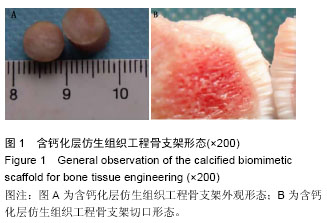
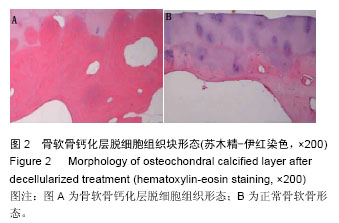
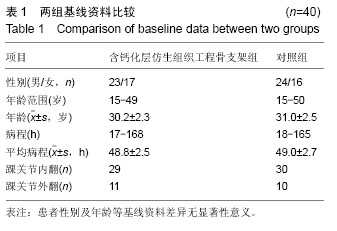
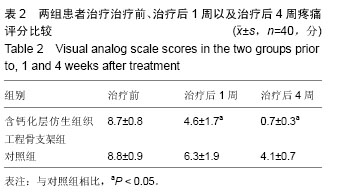
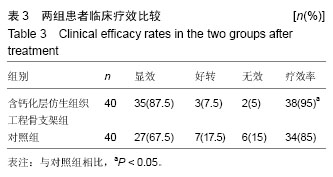
.jpg)